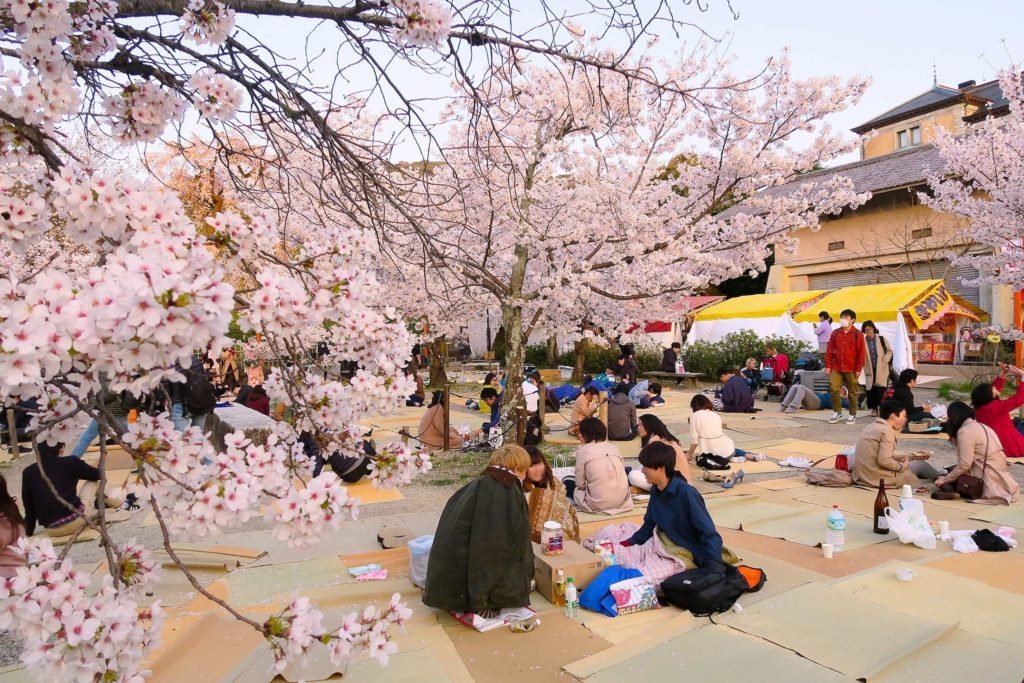JAPAN HANAMI: A celebration to admire the beauty of sakura

This perfectly still spring day bathed in the soft light
From the spread-out sky,
Why do the cherry blossoms so restlessly scatter down?
— Ki no Tomonori, Kokinshu (Collection of Ancient and Modern Poems)
Aside from its globally advanced technologies and inventions, Japan is also famous for its aesthetically pleasing tourist attractions. Japanese people are known for enjoying every little thing, especially nature. That’s why every spring, they celebrate the blossom of sakura, or cherry blossom trees.
Hanami, which means “contemplate the flowers”, refers to the celebration of the breathtaking beauty of cherry blossoms.

Even though these flowers will perish just after a few days, people of every age would gather in parks to have picnics. They admire these flowers with their loved ones, family, friends, and colleagues. Early in the morning, locals and foreign tourists will reserve a good space for drinking, eating, and sharing their prepared bento (lunchboxes). In the blissful spring lush, people would also enjoy walking under the petals gently snowing from the branches of sakura trees. In the evening, some parks will have sakura trees illuminated for a complete experience. This is also called “yozekura”, or night sakura. Hence, extra layers of clothing and heating packs are a must to keep you warm on chilly evenings.
However, just like every other tradition, Hanami also has its roots in the history of Japan.

Living in the collection of Japan’s oldest poetries is the word sakura. It appeared during the Nara Period (710-794). “Sa” means god, and “kura” is a shrine representation where food and sake were offered. Therefore, the blooming of cherry blossoms means that it’s time to plant rice because god has descended from the mountains. Hanami is said to be first held by Emperor Saga, the fifty-second emperor of Japan. This is according to the traditional order of succession. It is also said to have been started by the aristocrats of Nara period, initially a viewing party for plum blossoms imported from China. Records show that there are about 700 cherry blossom trees planted in Daigoji Temple for Hanami. Beautiful tea and singing ceremonies were conducted there as well.
Moreover, it is also believed that these flowers represent an alluring mythical goddess dating from the 700s. She is believed to be Mount Fuji’s guardian deity. Another tradition in lieu of Hanami is the farmer’s celebration for a season of a good harvest. Hanami used to be an event exclusive only for nobles, but this culture, later on, spread to the commoners during the Edo Period (1603-1868).
The spring season, a time of regeneration, and the transient nature of life are all represented by cherry blossoms.


Japanese people feel that the fully bloomed cherry blossoms are embracing fresh beginnings. Sakura trees are more than just burgeons of pink petals. They are powerfully tied to Japan’s history, culture, and identity. Given the cultural significance of the sakura, you also cannot travel to Japan without experiencing the fleeting beauty of the Hanami Festival.











